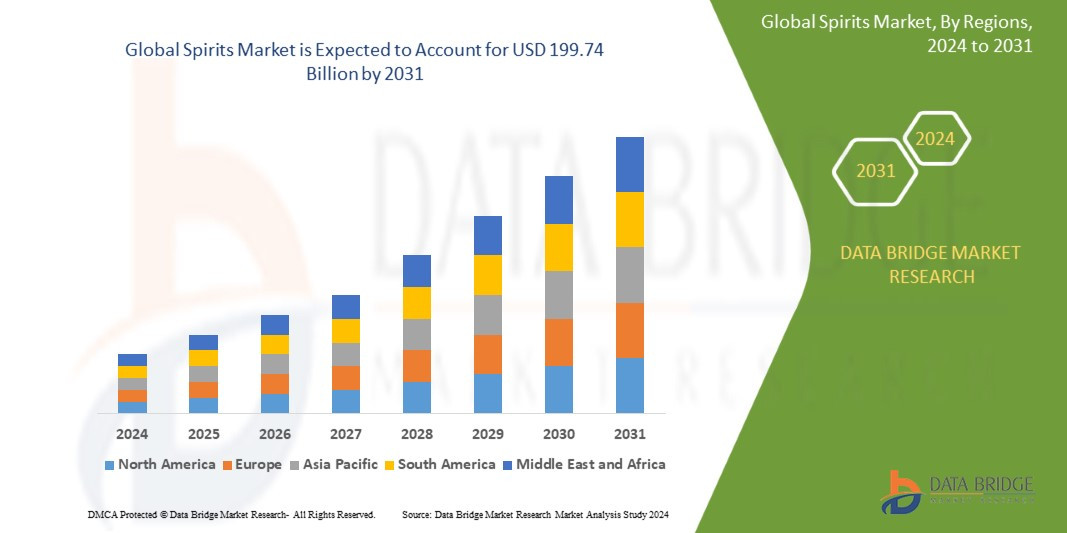A Glimpse into the Booming World of Photodynamic Therapy
The global photodynamic therapy (PDT) market is experiencing a surge in growth, driven by factors such as the increasing prevalence of cancer, rising awareness of minimally invasive treatment options, and technological advancements in PDT devices. This innovative treatment modality offers a promising approach to combating various cancers and other diseases, making it a focal point in the healthcare industry.
The Power of Photodynamic Therapy: A Non-invasive Approach
Photodynamic therapy (PDT) is a non-invasive treatment that utilizes the combined power of light, a photosensitizer drug, and oxygen to destroy cancerous cells. This minimally invasive procedure involves administering a photosensitizing drug that selectively accumulates in cancerous cells. Once activated by specific wavelengths of light, the drug generates reactive oxygen species (ROS), which then destroy the cancerous cells while sparing healthy tissues. The precision and effectiveness of PDT have made it an appealing alternative to traditional therapies such as surgery, chemotherapy, and radiation.
Market Growth Drivers: Factors Fueling the Expansion
The rising prevalence of cancer is a major driver of the photodynamic therapy market growth. According to the World Health Organization (WHO), cancer is a leading cause of death globally, with an estimated 9.6 million deaths in 2020 alone. This alarming statistic underscores the urgent need for effective and minimally invasive treatment options like PDT.
Another significant driver is the increasing awareness of PDT's benefits and its minimally invasive nature. PDT offers a less-invasive alternative to traditional cancer treatments, reducing the associated side effects and improving patient outcomes.
Moreover, ongoing research and technological advancements in PDT devices and photosensitizers are further propelling market growth. Recent advancements have led to the development of more effective and targeted photosensitizers, improved light sources, and sophisticated delivery systems. These innovations are enhancing the efficacy, precision, and safety of PDT, making it a more attractive treatment option.
Key Market Segments: Understanding the Landscape
The global photodynamic therapy market can be segmented by various factors, including application, treatment type, end-user, and geographical region.
Application-Based Segmentation
The market is broadly segmented by application, with cancer treatment being the dominant segment. PDT is effectively used in treating various cancers, including skin cancer, lung cancer, bladder cancer, and esophageal cancer. The growing incidence of these cancers is expected to drive demand for PDT in this segment.
Other applications of PDT include treating non-cancerous conditions such as age-related macular degeneration, acne, and psoriasis. The increasing prevalence of these conditions is driving growth in the non-cancerous applications segment.
Treatment Type-Based Segmentation
Based on treatment type, the photodynamic therapy market is segmented into surface PDT and interstitial PDT. Surface PDT is typically used for treating skin cancers and other superficial lesions, while interstitial PDT is employed for treating deep-seated tumors and lesions.
End-User-Based Segmentation
The market is segmented by end-user into hospitals and clinics, ambulatory surgical centers, and research laboratories. Hospitals and clinics remain the dominant end-user segment, accounting for a significant share of the market. This segment is expected to witness substantial growth due to the increasing adoption of PDT in treating various cancers and other diseases.
Geographic Segmentation
Geographically, the photodynamic therapy market is segmented into North America, Europe, Asia Pacific, Latin America, and the Middle East and Africa. North America holds a dominant position in the market, driven by factors such as high cancer prevalence, advanced healthcare infrastructure, and a strong research and development ecosystem.
Market Forecast and Growth Opportunities
The global photodynamic therapy market is projected to grow significantly in the coming years, driven by the factors discussed earlier. The market is expected to reach a substantial value by 2028, indicating significant growth potential. This positive outlook presents numerous opportunities for market players, including:
-
Development of new and improved photosensitizers: The development of photosensitizers with enhanced efficacy, specificity, and reduced side effects will be a key focus area.
-
Advancements in light sources and delivery systems: Investments in technologies that improve light source efficiency, targeting accuracy, and portability will drive market growth.
-
Expansion into new applications: Exploring the potential of PDT in treating other conditions beyond cancer, such as ophthalmological diseases and infectious diseases, will open new growth avenues.
-
Strategic partnerships and collaborations: Collaborations with research institutions, pharmaceutical companies, and medical device manufacturers will be crucial for driving innovation and market expansion.
Future Outlook: A Bright Future for Photodynamic Therapy
Photodynamic therapy has emerged as a promising treatment modality, offering a less invasive and potentially more effective approach to combating cancer and other diseases. The global PDT market is poised for significant growth, driven by the rising prevalence of cancer, increasing awareness of its benefits, and ongoing technological advancements. With continued investments in research and development, PDT is poised to play a transformative role in the future of healthcare. The future of PDT is bright, promising a world where patients have access to innovative and effective treatment options for a variety of diseases.

















